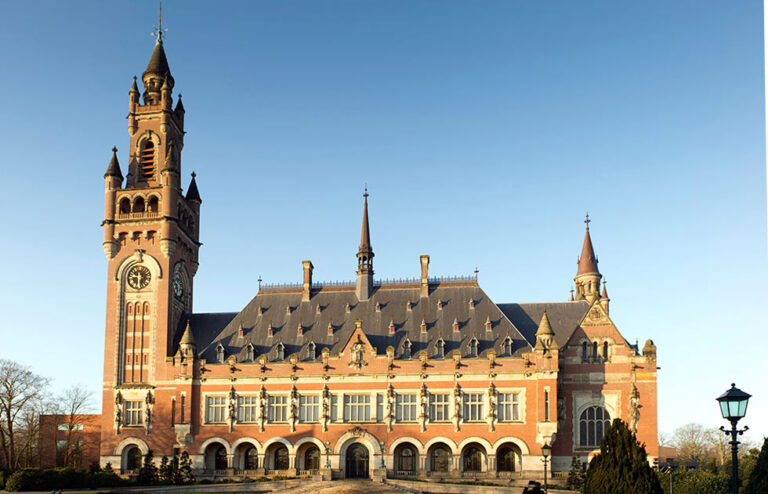
Geneva: Globally, the number of vaccinations has now overtaken the number of reported infections. But more than three quarters of those vaccinations are in just 10 countries that account for almost 60% of global GDP. Around 130 countries, with 2.5 billion people, are yet to administer a single dose.
“We need countries to share doses once they have finished vaccinating health workers and older people…We also need a massive scale-up in production,” World Health Organisation Director-General Dr. Tedros Adhanom Ghebreyesus, said here today.
On Wednesday, COVAX – the global initiative led by the World Health Organisation (WHO), Gavi the Vaccine Alliance and The Coalition for Epidemic Preparedness Innovations (CEPI) – published its forecast for the distribution of vaccines to participating countries. It noted that while countries were ready to go, but the vaccines weren’t there.
It may be mentioned that COVAX has notified countries in Africa of the estimated dose allocation for the first phase of COVID-19 vaccine delivery and aims to start shipping nearly 90 million COVID-19 vaccine doses to the continent in February, in what will be Africa’s largest ever mass vaccination campaign. The initial phase of 90 million doses will support countries to immunise 3% of the African population most in need of protection, including health workers and other vulnerable groups in the first half of 2021. As production capacity increases and more vaccines become available the aim is to vaccinate at least 20% of Africans by providing up to 600 million doses by the end of 2021.
Also read:
- “Until we end the pandemic everywhere, we won’t end it anywhere,” says WHO
- COVAX on track to deliver 2 billion doses of COVID-19 vaccines by the end of year, says WHO
Last week, Sanofi announced it would make its manufacturing infrastructure available to support production of the Pfizer/BioNTech vaccine. Dr. Ghebreyesus today called on other companies to follow this example, and said companies can also issue non-exclusive licenses to allow other producers to manufacture their vaccine – a mechanism that had been used before to expand access to treatments for HIV and hepatitis C. It pointed out that the COVID-19 Technology Access Pool, or C-TAP, enables the voluntary licensing of technologies in a non-exclusive and transparent way by providing a platform for developers to share knowledge, intellectual property and data.
“This sharing of knowledge and data could enable immediate use of untapped production capacity and help build additional manufacturing bases, especially in Africa, Asia, and Latin America,” the WHO D-G said, adding that expanding production globally would also make poor countries less dependent on donations from rich ones. He further called on companies to share their dossiers with WHO faster and more fully than they have been doing, so it could review them for emergency use listing.
– global bihari bureau





